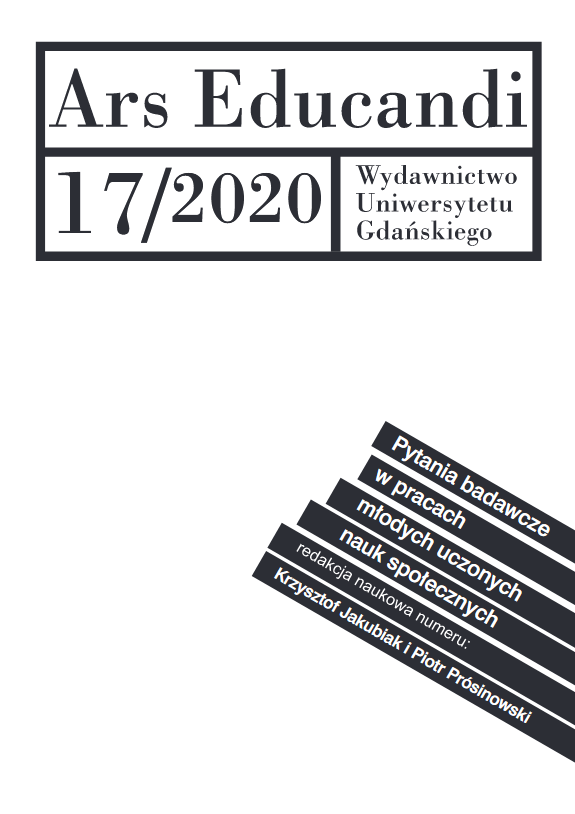Pedagogika cyrku - jako metoda pracy z uczniem niedostosowanym społecznie
Circus pedagogy – a method of working with a socially maladjusted students
Author(s): Anna WojszelSubject(s): Inclusive Education / Inclusion, Pedagogy
Published by: Wydawnictwo Uniwersytetu Jagiellońskiego
Keywords: circus pedagogy; creative resocialization; social maladjustments;
Summary/Abstract: The article presents the original program, developed by the author, which utilizes the cir-cus pedagogy in work with students who exhibit various levels of social maladjustments, behavioral and emotional disorders. It has been implemented by the author for 10 years in a Special Primary School no. 1 in Różanystok which is a host for boys in regard to whom a Family Court has ruled application of the educational measure in the form of placement in a corrective institution. In the beginning of the article the context and target group of the program is described and its various deficits explained, along with the description of symptoms and sources of the maladaptive behaviors. In the following chapter the theoret-ical basis of the program are addressed. First of them, the creative resocialization, is defined as a creative resocializing activities based on designed cultural, technical and auxiliary methods. The assumptions and course of the therapy is outlined. The second method, circus pedagogy, constitutes the core of the program. It is defined as a combination of exe-cuting circus activities and artistic skills with pedagogical goals and contents. Further, the educational, didactic and cognitive benefits of the method are presented, followed by a description of various researches proving the effectiveness of the method. In the fol-lowing chapter goals of the program are outlined, the main goal being increase in quality and effectivity of learning among the students with social maladjustments and behavioral disorders. The table containing particular goals and growth indicator follows. Furthermore, the framework and assumptions of the program are discussed. The 8 thematic blocks are presented. The content of the paper is concluded with the description of observed positive changes in psychosocial functioning of the target group.
Journal: Ars Educandi
- Issue Year: 2020
- Issue No: 17
- Page Range: 78-87
- Page Count: 10
- Language: Polish

